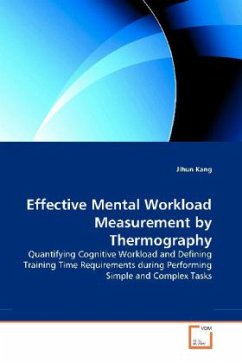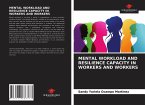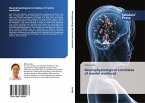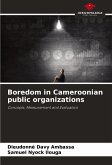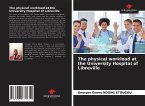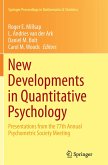Effective mental workload measurement is critical
because mental workload significantly affects human
performance. A non-invasive and objective workload
measurement tool is needed to overcome limitations
of current mental workload measures. The objective
of this study is to evaluate the efficacy of using
thermal imaging of the face to quantify learning and
mental workload levels during a novel alpha-numeric
task and during simulated driving tasks. To this
extent, three studies were completed. The first
study quantified the relationship between facial
thermal images and mental workload while performing
the alpha-numeric task. The second study used
thermography to identify optimal workload levels for
this same task after learning had occurred. The
third study quantified learning and workload of
novice and experienced drivers performing scripted
driving events in a driving simulator. This study
verified that thermography is a reliable and valid
way to measure workload for simple tasks. It is a
non-invasive and objective method. Thermography
showed the capability to identify a sufficient
training time for simple or complex cognitive tasks.
because mental workload significantly affects human
performance. A non-invasive and objective workload
measurement tool is needed to overcome limitations
of current mental workload measures. The objective
of this study is to evaluate the efficacy of using
thermal imaging of the face to quantify learning and
mental workload levels during a novel alpha-numeric
task and during simulated driving tasks. To this
extent, three studies were completed. The first
study quantified the relationship between facial
thermal images and mental workload while performing
the alpha-numeric task. The second study used
thermography to identify optimal workload levels for
this same task after learning had occurred. The
third study quantified learning and workload of
novice and experienced drivers performing scripted
driving events in a driving simulator. This study
verified that thermography is a reliable and valid
way to measure workload for simple tasks. It is a
non-invasive and objective method. Thermography
showed the capability to identify a sufficient
training time for simple or complex cognitive tasks.

